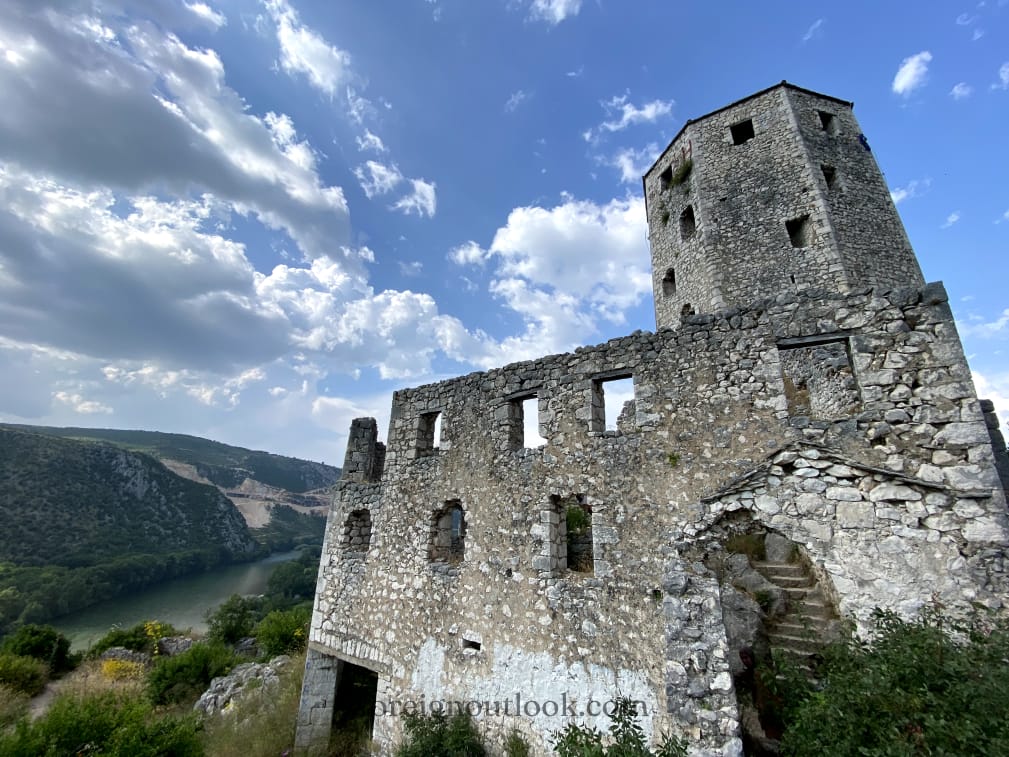After years of hardship, much of Bosnia’s landscape and architecture remains heavily damaged and decayed despite recent rebuilding efforts. Each structure offers a different story, predominantly told throughout the scars and general wear and tear of its remnants.
Mostar’s Old Bridge
Following multiple harrowing conflicts throughout the years, much of the main cities showcase the destruction they endured. A particularly prevalent and current example of this is the Old Bridge that we visited in Mostar. Once along the path of a crucial trade route during Ottoman rule, the bridge that originally hung there was an unstable wooden suspension bridge. Due to its precarious swaying, Suleiman the Magnificent ordered a replacement in the form of a single-arch stone bridge.
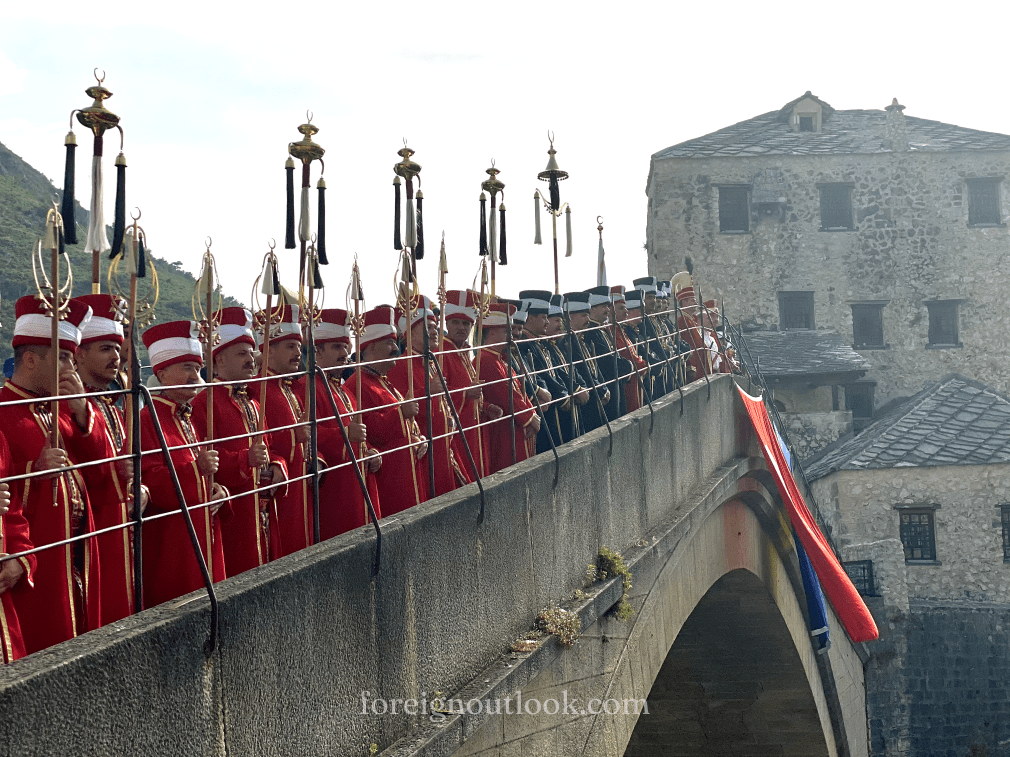
After nine years of construction and hard labor, they completed the bridge. Owing to its majestic form and impressive height, this structure became a defining landmark of Mostar. In 1993, however, halfway through the Bosnian War, repeated shelling caused the famous bridge to completely collapse.
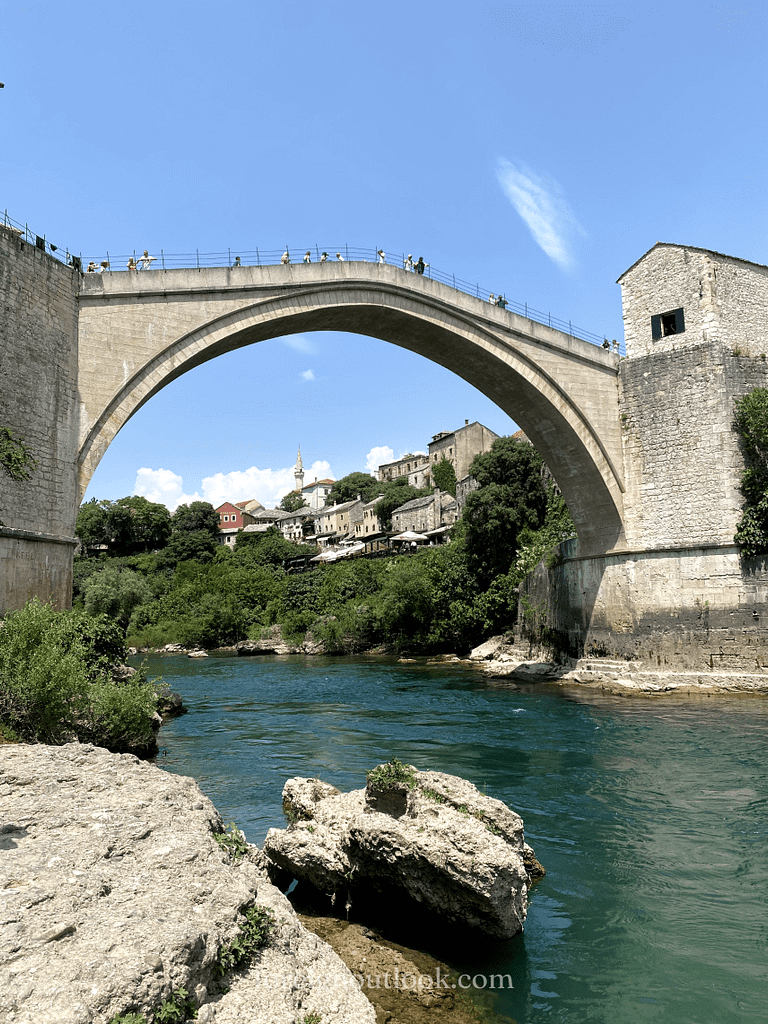
Immediately following the war, plans to rebuild a replica of the bridge commenced. The construction took five years of meticulous work to complete. Visiting the Old Bridge Museum, it shed light on just some of the painstaking decisions made throughout the process. For example, to properly insulate the bridge, workers poured six layers of earth under the stones, manually patting them down for an entire month.
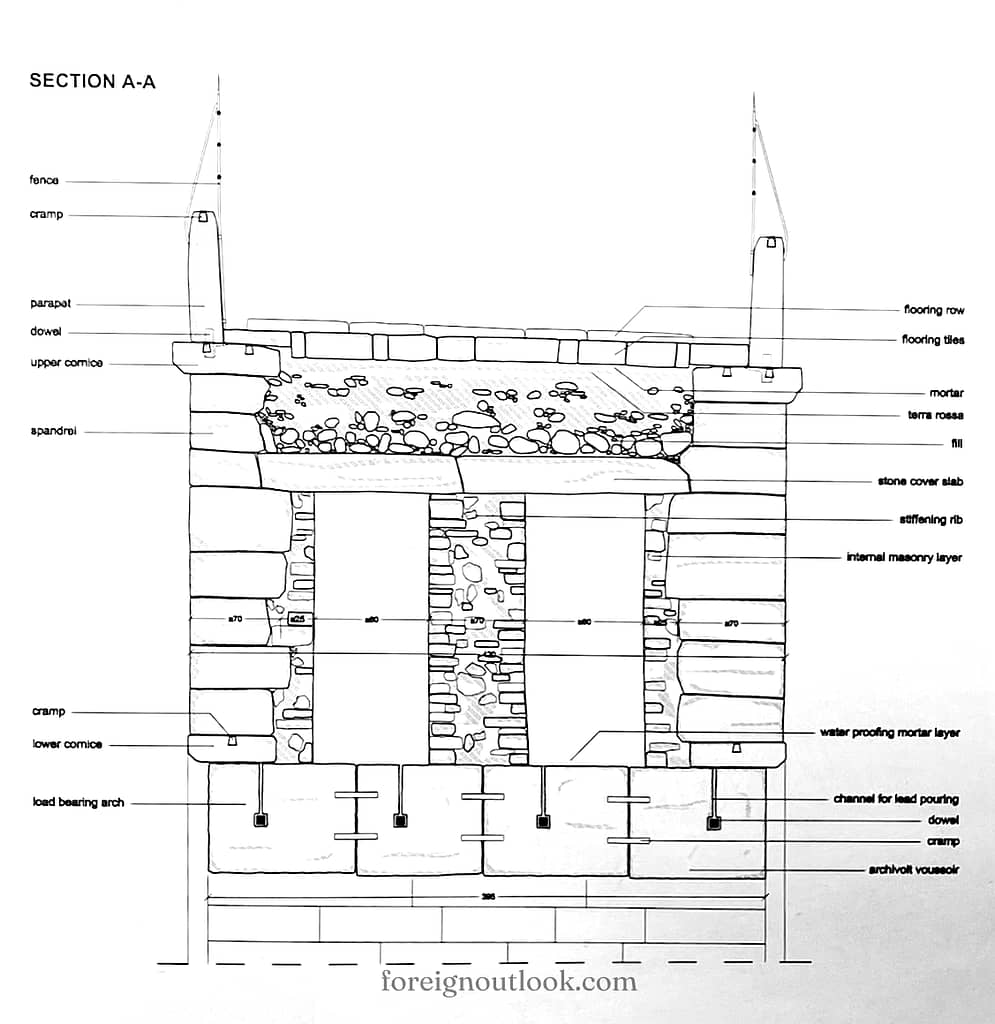
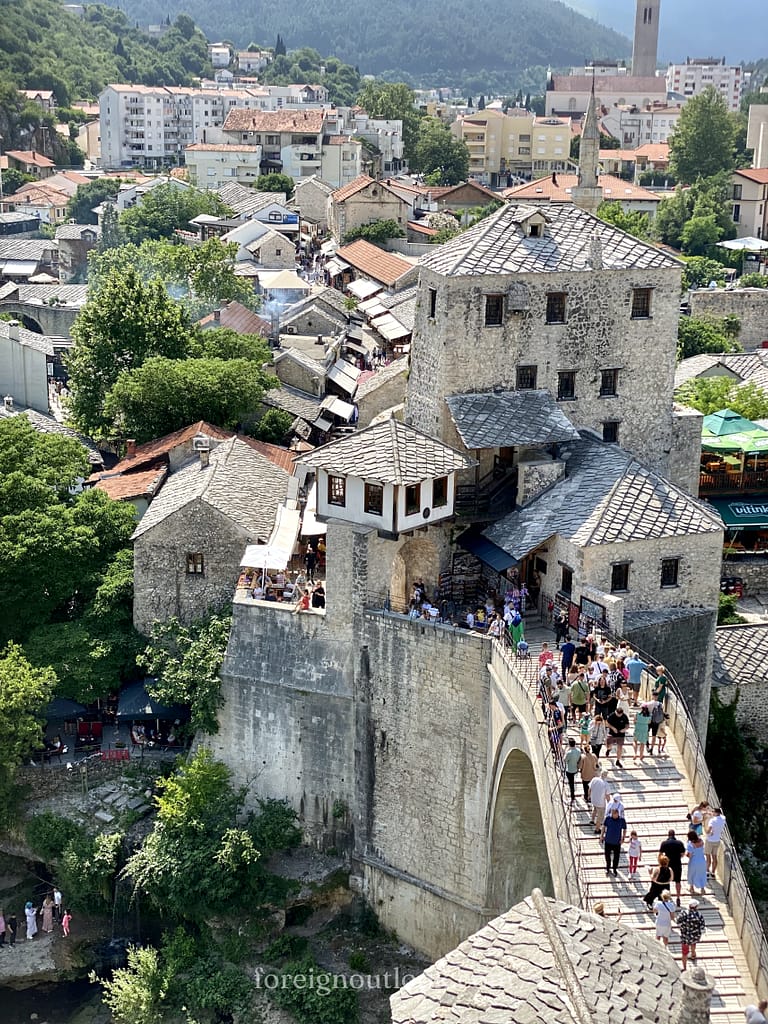
The stones themselves were procured from the same quarry used during the original construction. They then chiseled, washed, and carefully aligned them one by one, resulting in a perfect replica of the original structure.
Remnants of Počitelj Citadel
Nearby Mostar, a day trip to the 13th-century Počitelj Citadel provided an example of a construction that still shows the destruction it experienced. The village of Počitelj has taken on a variety of roles throughout the years, transitioning from an urban settlement, to an administrative center, to a defense stronghold. Back in the day, the village served as a resting point for voyagers, as traveling at night could be dangerous. People would stop for accommodation and supplies while leaving their horses in the stables.
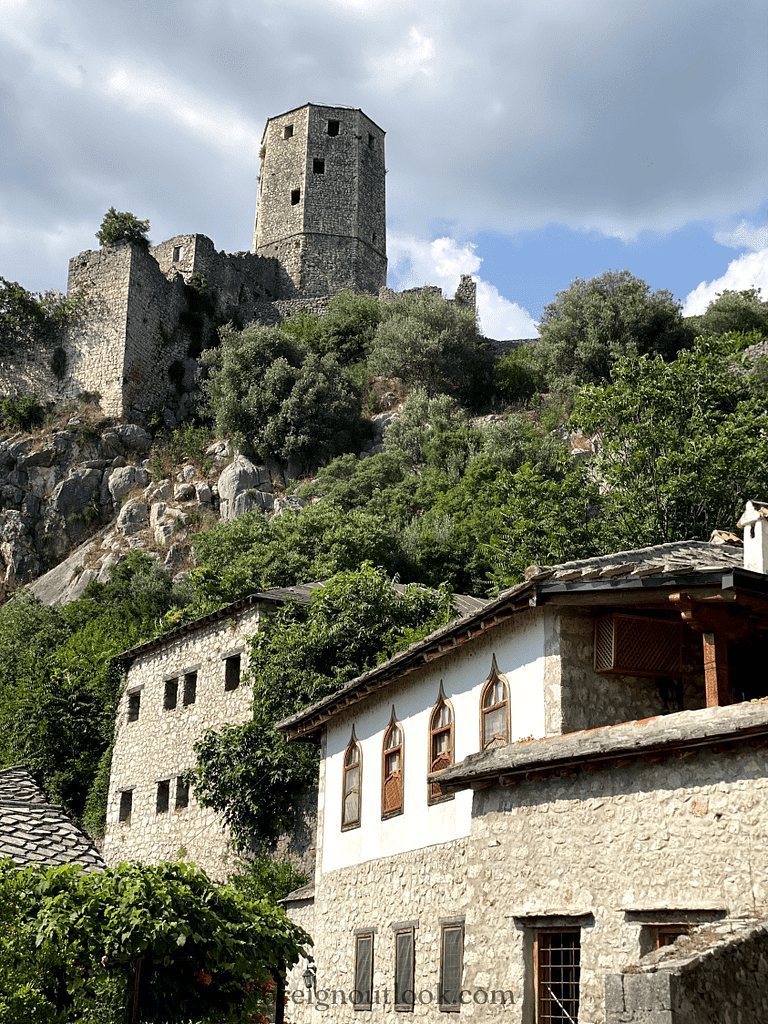
The village changed hands over time, passing through Hungarian and Ottoman rule. Because of this, both Oriental structures (typical of the Bosnian Kingdom) and Ottoman architecture from the occupation surround the narrow cobblestone streets. An Ottoman mosque, school, and hammam lie next to the Christian defense tower, clock tower, and gates.
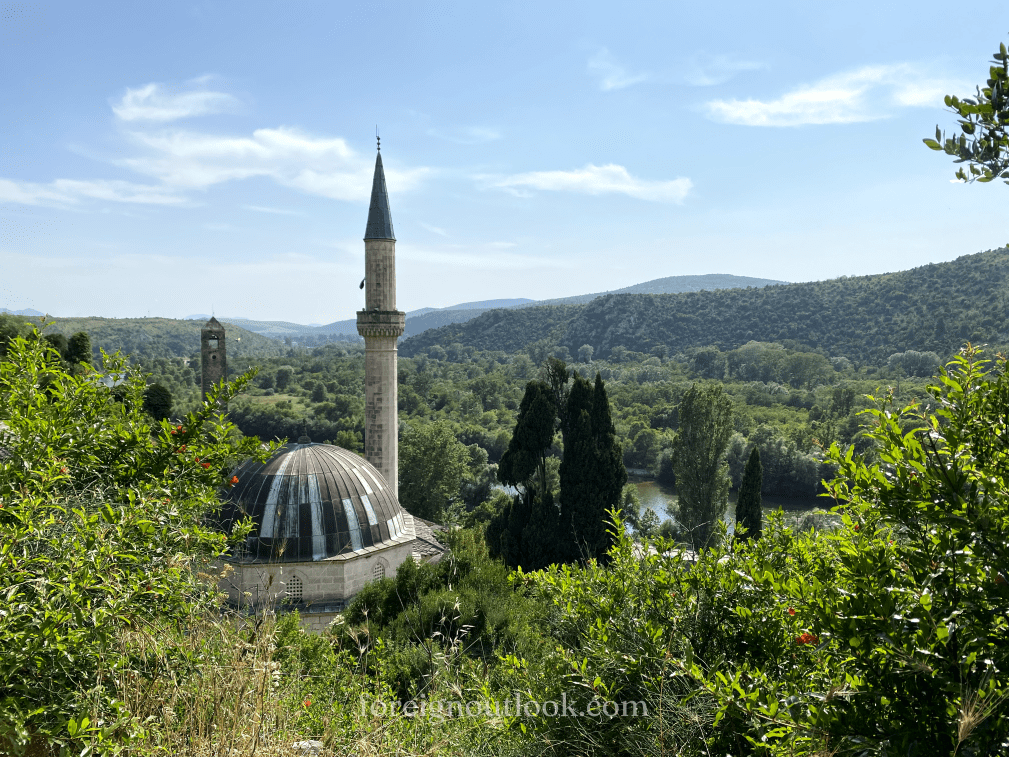
Changes Since the War
Before the war in the 90s, the village had a population of 800 people. In the summer of 1993, many of the same crimes that were committed in Mostar were also committed here. Army forces expelled the Bosnian Muslims, burning their houses and blowing up their mosque with explosives.
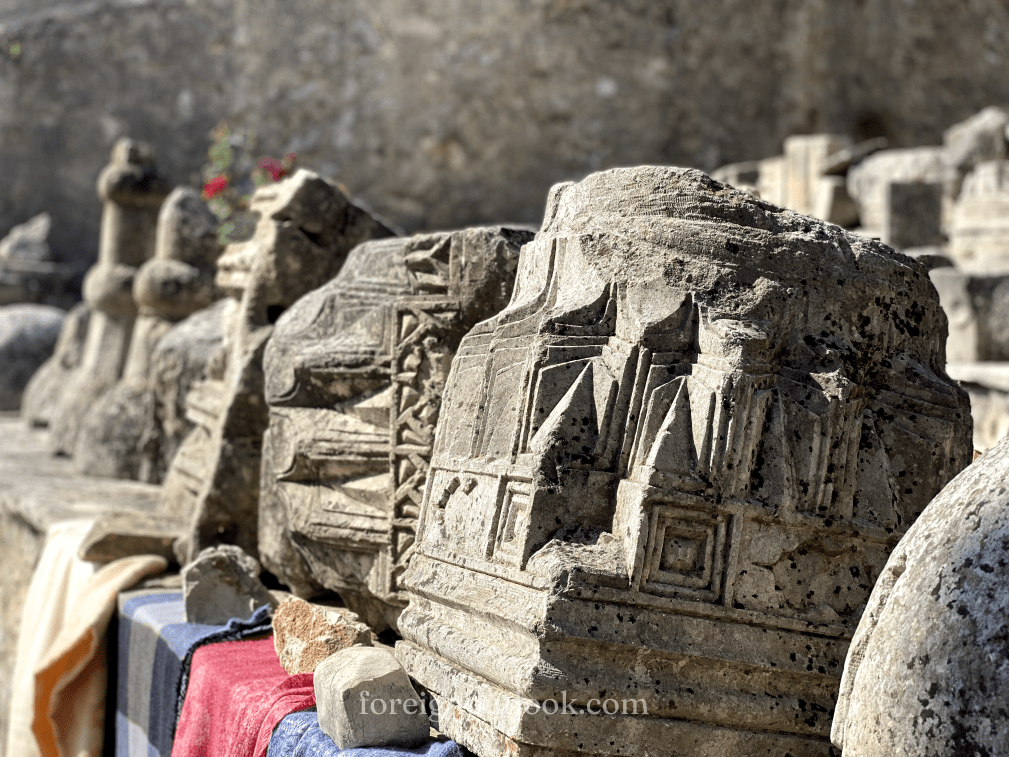
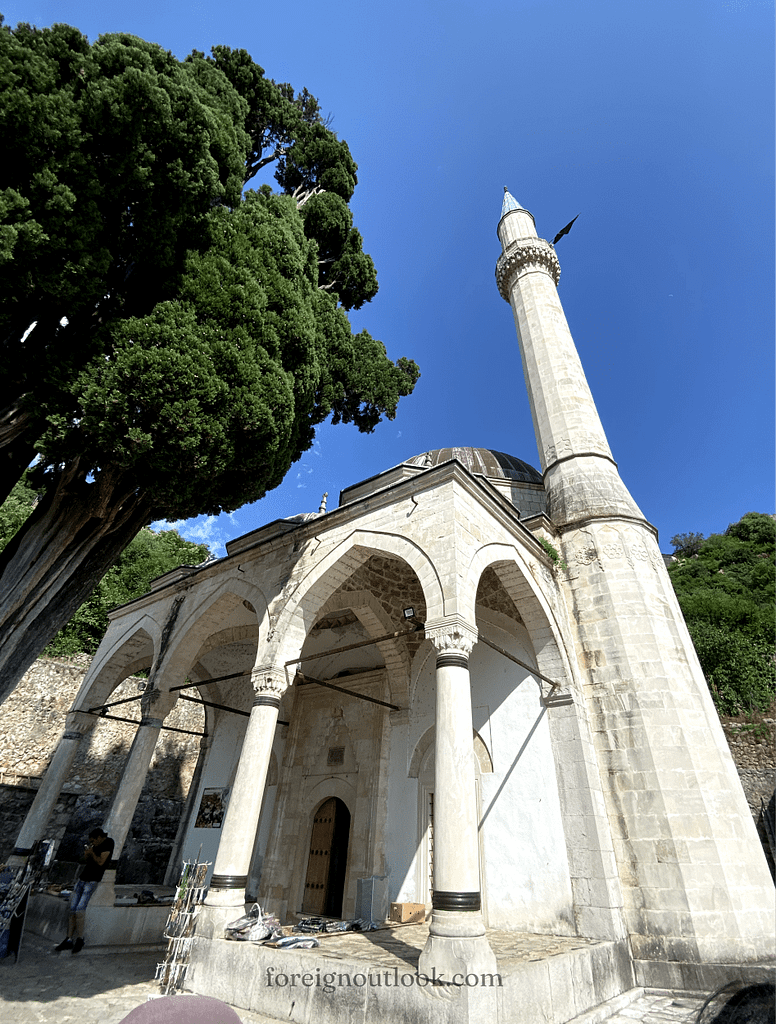
Consequently, Počitelj’s large population decline also lead to a loss of its strategic importance. The area’s remaining inhabitants gradually left, leaving only 30 people in the village today. Despite the poor economic situation, the government has rebuilt most of the village. The lack of inhabitants have further allowed the medieval remains to stay considerably intact and preserved until today. Although quiet and partially abandoned, the village nevertheless offered beautiful views from the top.
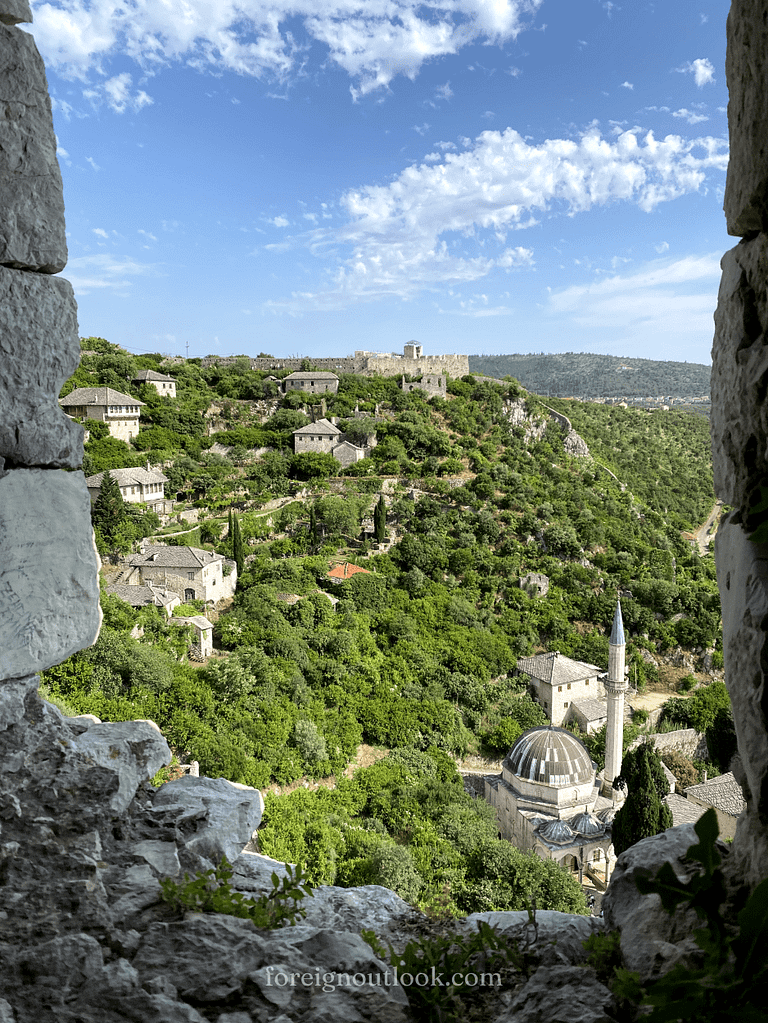
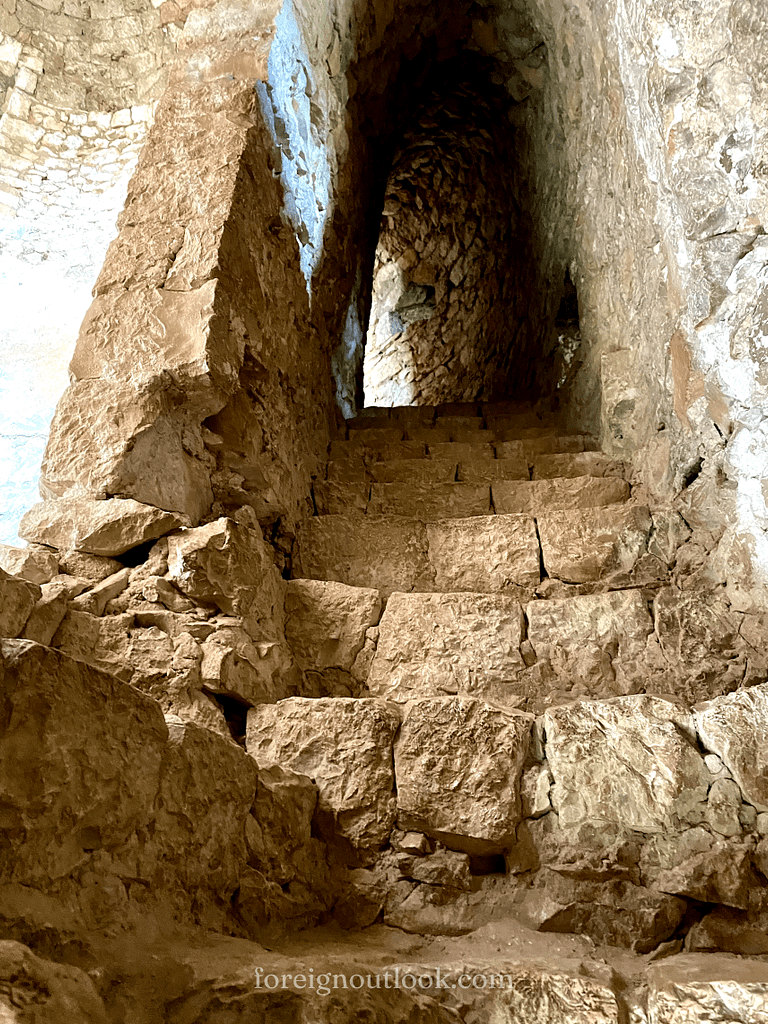
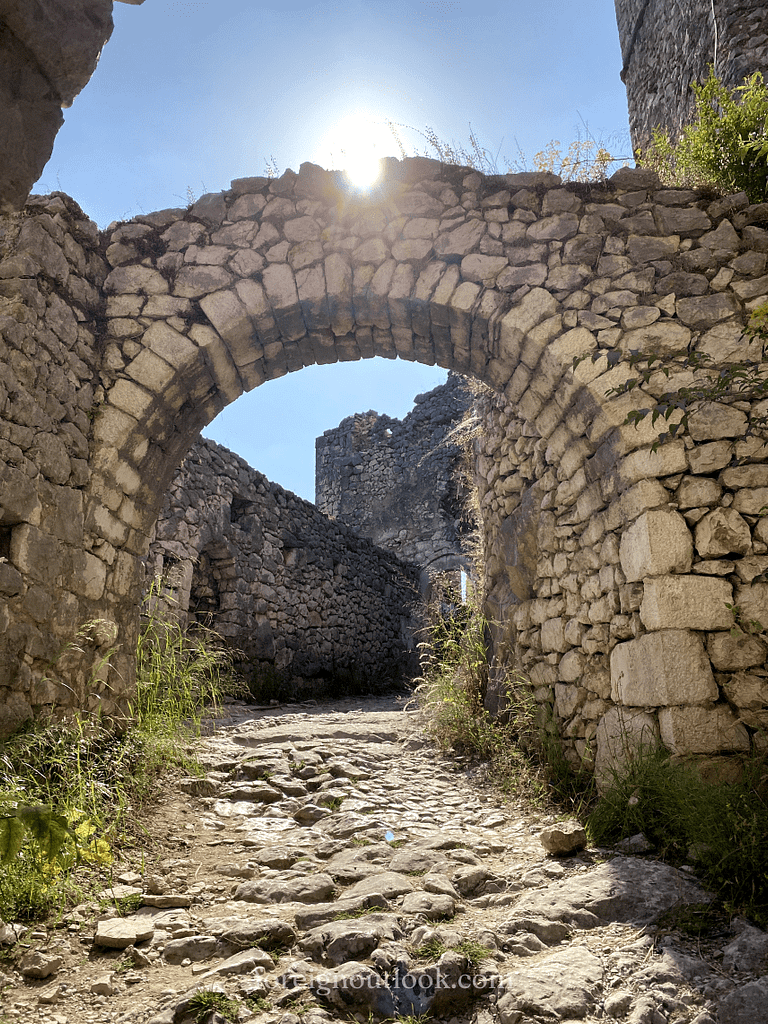
As Bosnia attempts to recover from the recent horrors of war and ethnic tensions, unique sites such as these are visible from all sides of the country. While some remnants have been repaired, others persist firmly in their foundation, refusing to give up the historical and cultural significance that makes up Bosnia’s extraordinary composition.
Sources
“Stari Most.” Wikipedia, en.wikipedia.org/wiki/Stari_Most.
“Creating Reconciliation: Mostar Bridge.” UNESCO, whc.unesco.org/en/story-mostar-bridge/.
“Walled Town of Počitelj.” Wikipedia, en.wikipedia.org/wiki/Walled_town_of_Po%C4%8Ditelj.
